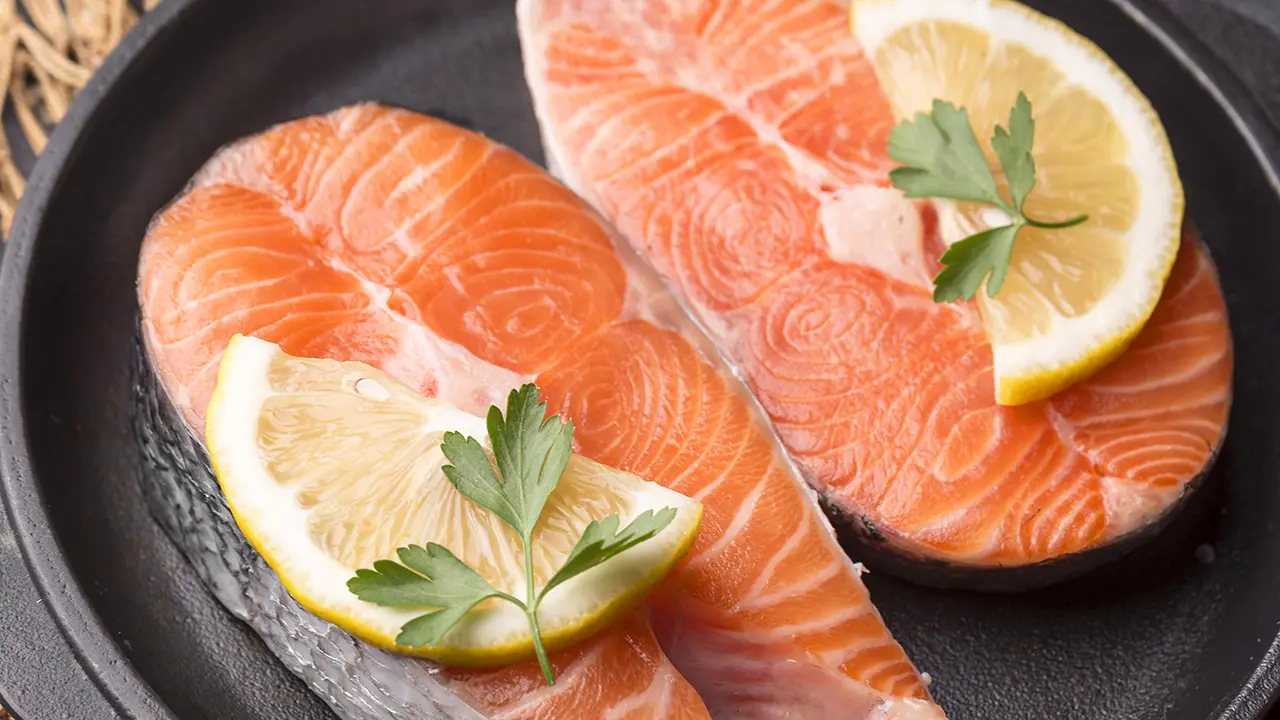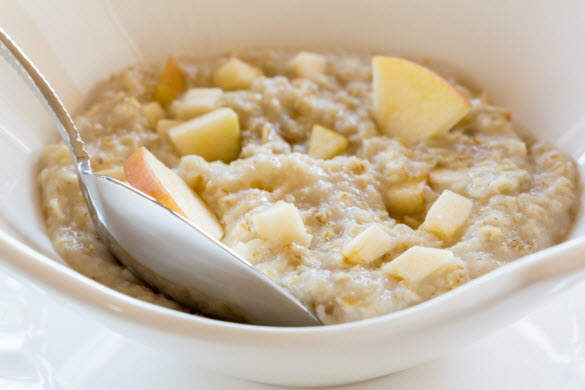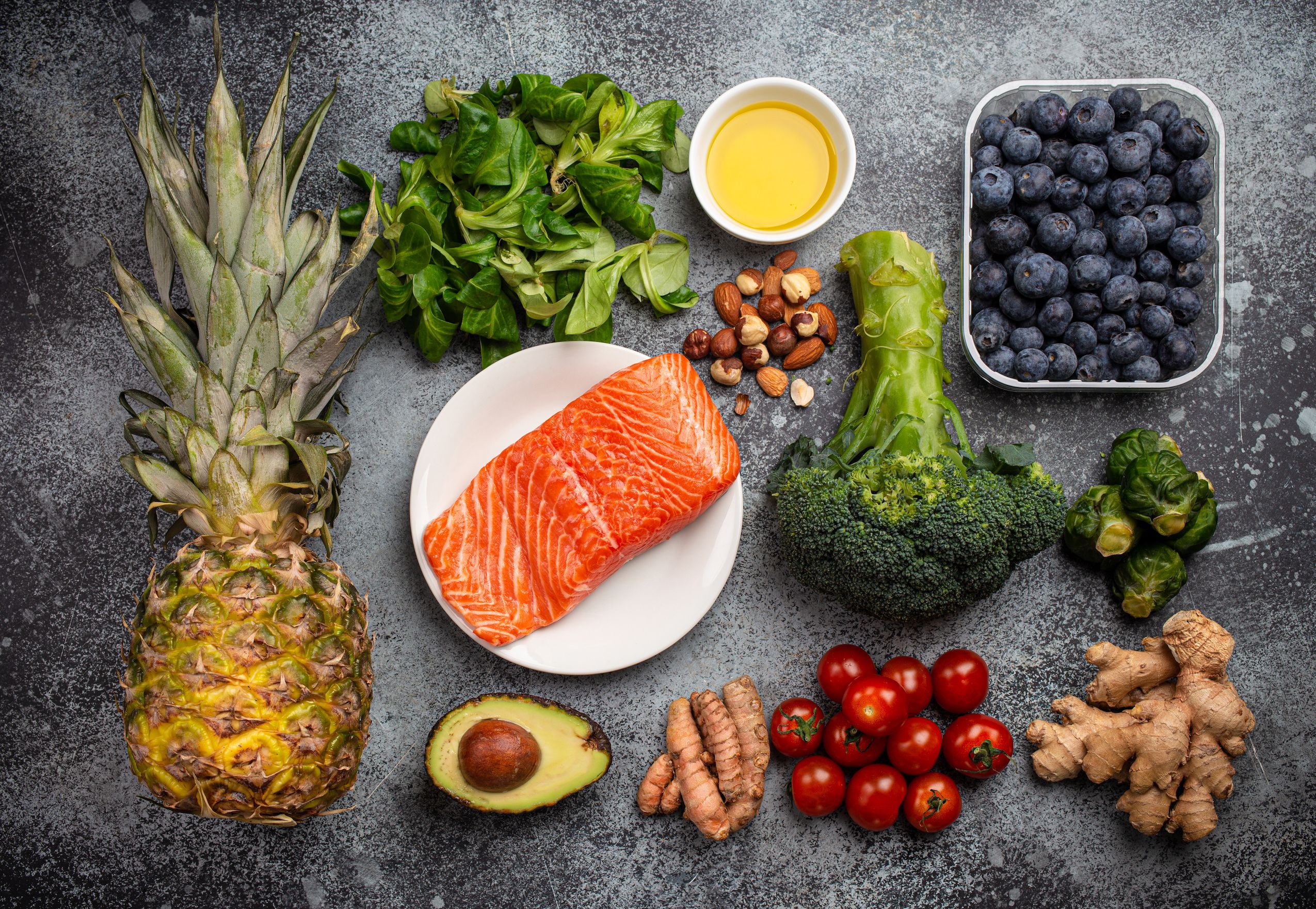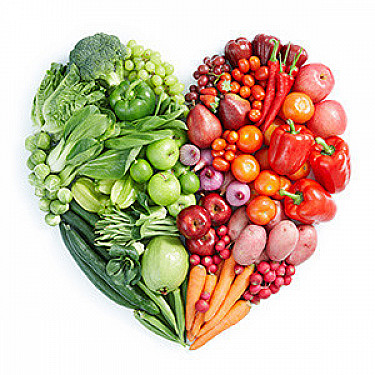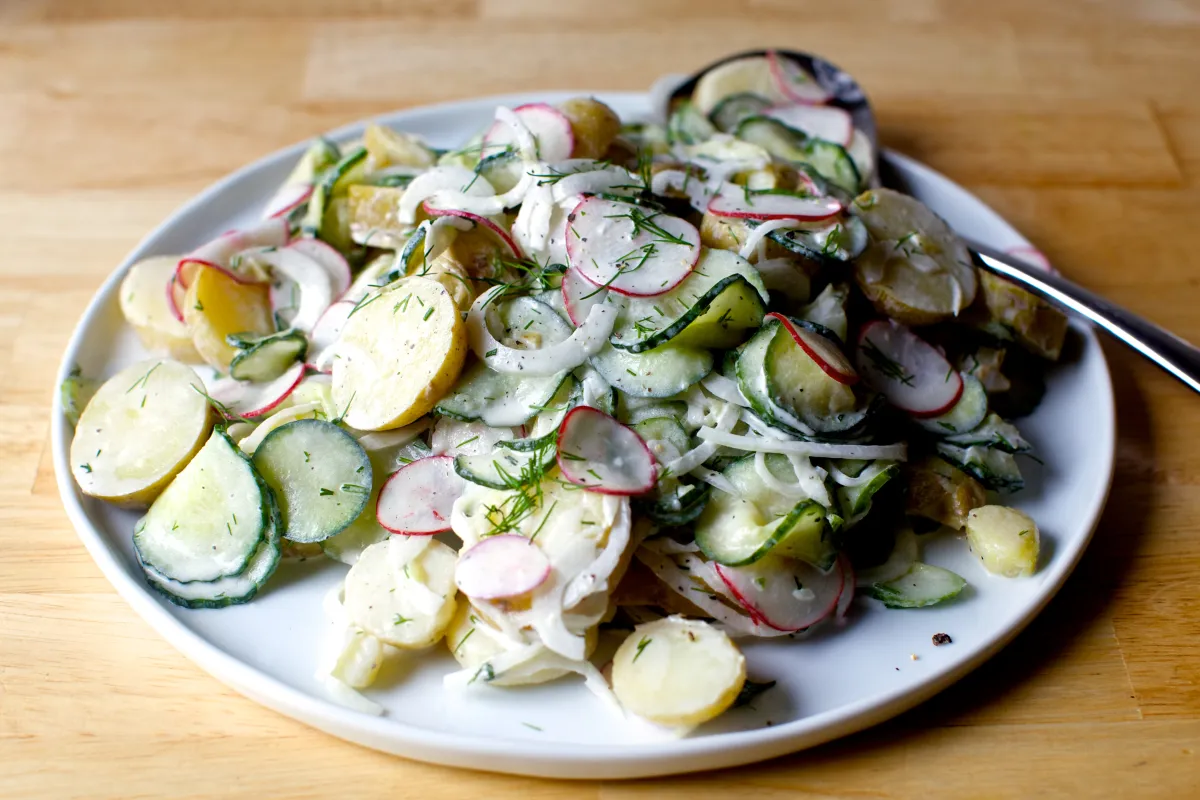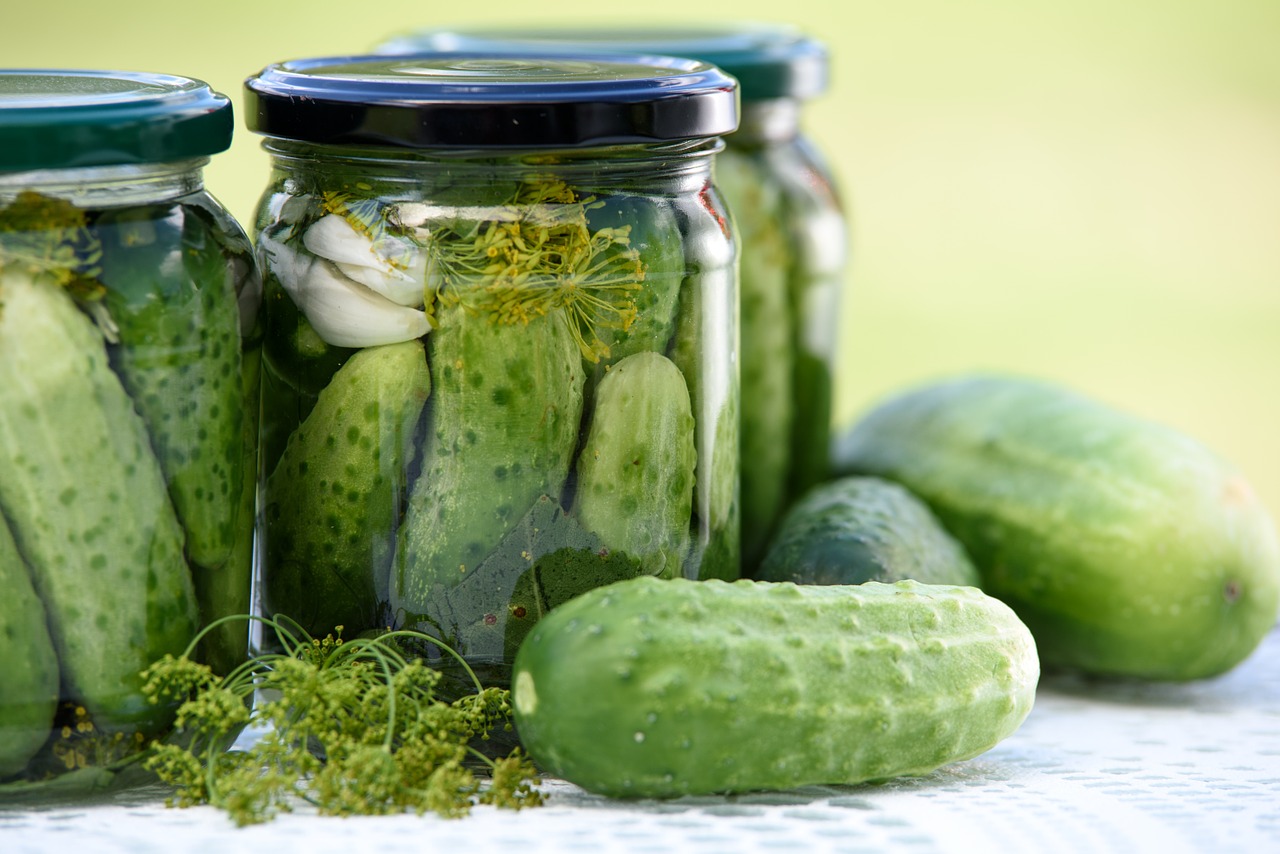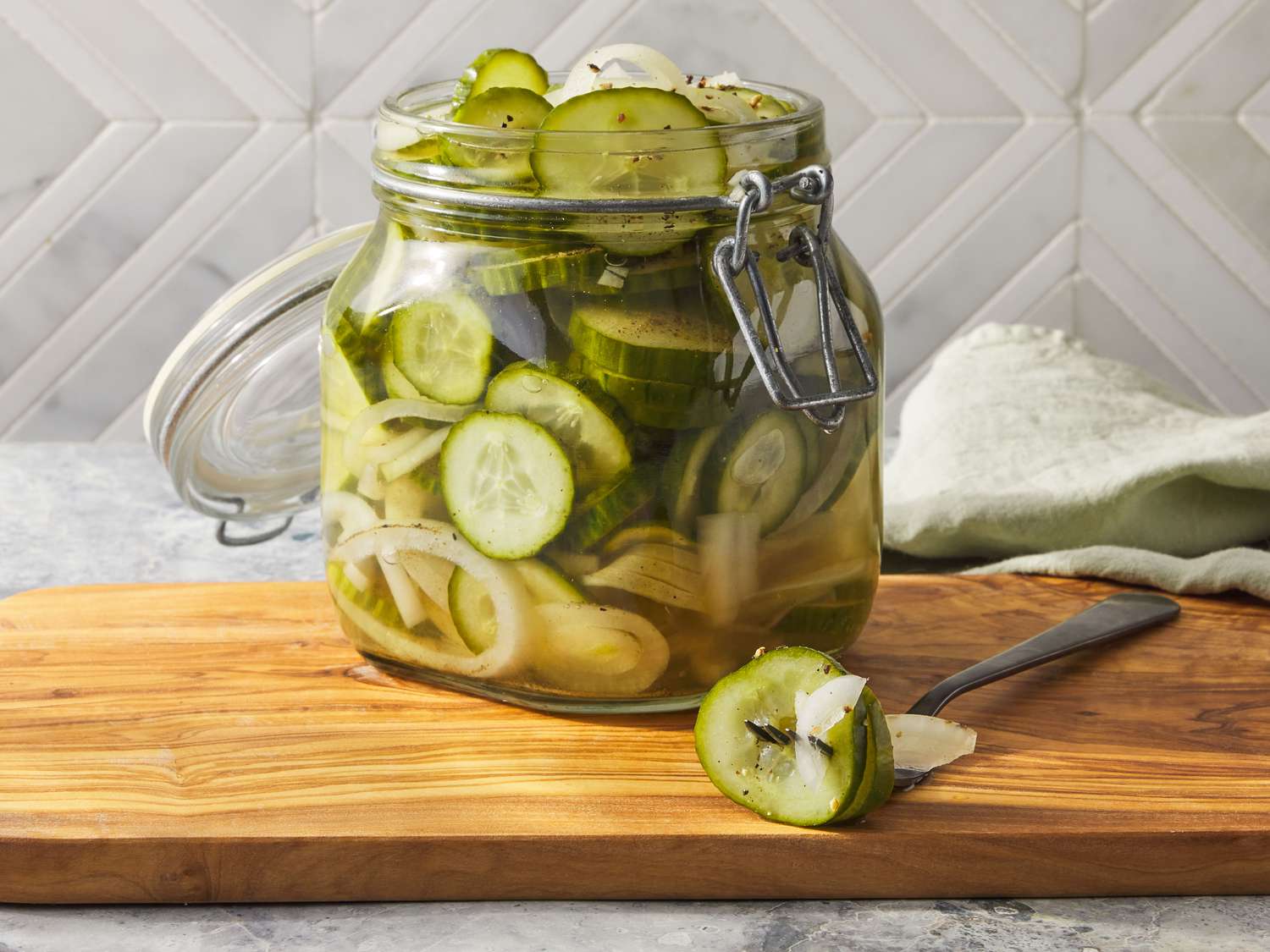Your joints have a rhythm — and so does nature.
Eating with the seasons isn’t just trendy, it’s smart. Seasonal produce is fresher, richer in nutrients, and often more affordable. For those living with joint pain, it’s also a powerful way to fight inflammation and nourish your body in tune with what it truly needs.
Here’s how to eat seasonally to support your joints — one season at a time.
🌸 Spring: Fresh Greens & Citrus
What to eat: Spinach, asparagus, parsley, lemons, strawberries
These foods are light, cleansing, and packed with antioxidants like vitamin C, which help build collagen — the protein that keeps your joints cushioned and strong.
Easy swap: Make a lemony spinach salad with sliced strawberries and olive oil.
☀️ Summer: Hydration + Anti-Inflammatory Power
What to eat: Berries, cucumbers, tomatoes, cherries, watermelon
In hot weather, hydration is key — and many summer fruits are water-rich. Cherries, especially, are known to reduce arthritis symptoms and muscle soreness.
Easy swap: Snack on frozen grapes or blend a cherry smoothie after a walk.
🍂 Fall: Root Veggies & Omega-3 Boosters
What to eat: Sweet potatoes, beets, walnuts, flaxseeds, apples
As the air cools, your body craves grounding foods. Sweet potatoes and beets are full of anti-inflammatory compounds, while walnuts and flaxseeds help lubricate stiff joints with plant-based omega-3s.
Easy swap: Roast sweet potatoes with cinnamon and a drizzle of flax oil.
❄️ Winter: Warm Spices & Hearty Helpers
What to eat: Ginger, turmeric, garlic, lentils, dark leafy greens
Cold weather can aggravate joint pain. Fight back with warming spices and foods rich in magnesium and vitamin K, which support joint flexibility and bone health.
Easy swap: Simmer a ginger-lentil stew with kale and turmeric.
Eat with the Season, Ease the Pain
Your body changes with the seasons — your diet should too. By eating foods that naturally align with the time of year, you can give your joints the steady, natural support they crave all year long.
